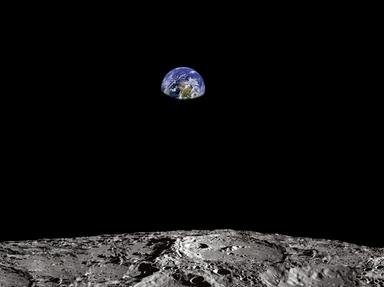Quiz Answer Key and Fun Facts
1. The Gemini Space Program was the second of NASA's human space programs. Which program was the first?
2. The NASA Project Gemini capsule was nicknamed the 'Gusmobile' after which astronaut, who played a major role in its design?
3. How many of the Gemini missions were unmanned?
4. True or False? The manned Gemini missions were always crewed by three astronauts?
5. Ed White achieved which 'first' during his voyage in Gemini VII?
6. Gemini V allowed NASA to achieve what new world record at that time in the 'space race' against the Soviet Union?
7. Gemini III had a spacecraft that was given a particular nickname. What was it?
8. Which famous 'moon walker' was the pilot for Gemini XII?
9. True or False? Gemini VII was launched before Gemini VI-a.
10. The ability for two spacecraft to dock (meet) was a crucial Gemini program objective. Which was the first Gemini spacecraft to achieve this?
Source: Author
leith90
This quiz was reviewed by FunTrivia editor
bloomsby before going online.
Any errors found in FunTrivia content are routinely corrected through our feedback system.
